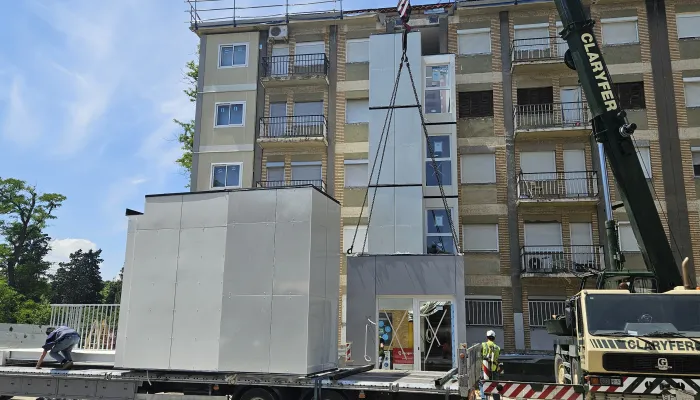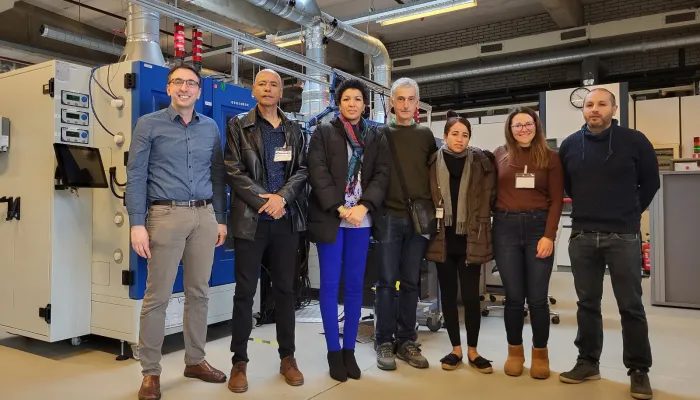TOP 3 mistakes when evaluating a product's environmental impact

It is an essential mechanism, not only to reduce the impact an organization has on the environment but also to improve energy and resource consumption while enhancing its corporate image.
Life Cycle Assessment (LCA) has its limits
Life Cycle Assessment (LCA) is an indispensable tool for companies to understand the environmental impact of their products and, consequently, their activities. Through an LCA, companies can calculate the environmental aspects and potential impacts throughout the entire life cycle of a product or activity, allowing them to identify the most critical stages or elements of the process to focus on and find solutions. Previously, we shared the key points on how an LCA can help you with product eco-design.
However, the methodology on which LCAs are based (ISO 14040 and 14044) has limitations. While it can help provide an environmental diagnosis of the activity, it is sometimes too general, making it difficult to compare results obtained by different companies.
One way to complement the LCA is by accompanying it with an Environmental Product Declaration (EPD). EPDs provide technical and transparent information about the environmental performance of a product based on Life Cycle Assessment and are based on more specific rules that recognize the uniqueness of each product, enhancing their reliability and comparability.
Therefore, LCA is the working methodology that develops an objective process aimed at evaluating the environmental impact of a product, service, or activity by identifying and quantifying the use of materials, energy, and emissions. The EPD, in turn, presents the results of that objective environmental assessment in a document verified by a third party, offering confidence to a client, supplier, or when applying for a public contract.
CO2 emissions may not be the most important indicator
A company is not necessarily less polluting just because it emits less CO2 into the atmosphere. While a company’s greenhouse gas emissions are indeed a key indicator of its environmental performance, the problem is that many companies focus solely on reducing their carbon footprint as the only measure to mitigate their environmental impact, sometimes neglecting the effects their activities have on other elements of the ecosystem.
The Carbon Footprint can serve as an environmental indicator reflecting the total greenhouse gases emitted directly or indirectly by a product. It can act as a 'seal' of transparency for the efforts the company is making, but ideally, a comprehensive diagnosis of the activity should be conducted to analyze the effects a company generates not only on global warming but also on other factors related to soil and water quality, waste management, biodiversity impact, etc.
Thus, in addition to having another mechanism to communicate improvements regarding environmental impact, companies can achieve internal benefits such as process efficiency improvements, energy consumption reduction, etc.
LCA is not the end, it’s a means
A business approach framed within the life cycle of its products and processes aids decision-making and helps understand and environmentally improve the product. Additionally, incorporating this approach complements companies that are or aspire to be certified under the ISO 14001 standard and can provide valuable information for sales arguments or as a marketing tool.
This is undeniable. However, the process of environmental improvement for a company should not begin and end solely with the completion of an LCA.
In fact, Life Cycle Assessment should be a starting point for implementing improvement plans. That is, the LCA does not end when the measurements and calculations are completed; rather, it provides an accurate snapshot of the current situation to help the company embark on an improvement process.
What needs to be modified? What technologies or tools are the most suitable for achieving improvement?
At CIRCE, we can assist by accompanying companies in comprehensive processes of decarbonization, energy optimization, or waste management. Contact us if you seek to obtain a Life Cycle Assessment (LCA).

Latest news






